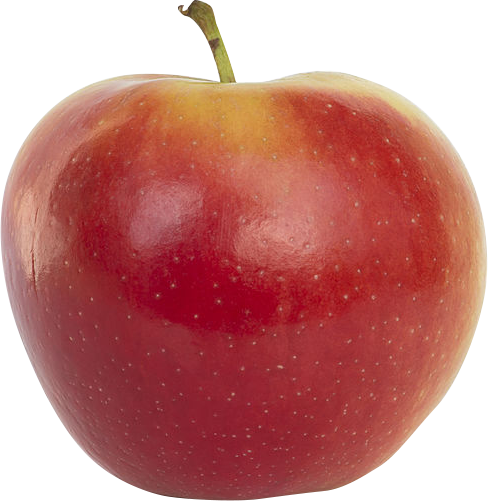Storing apples
About 25 million tons of apples are produced worldwide. Apples are primarily produced in the world’s temperate zones.
Harvesting apples
The moment of harvesting is extremely important in terms of the options for the apples thereafter. Long-term storage requires the apples to be harvested shortly before ripening has begun. If the apples are harvested too early, however, this will have consequences for quality; the fruits are then small, hard and green with little red bloom and are thus susceptible to ripening deficiencies such as scald and speck. If the apples are harvested too late, they may become mealy, soft and very sensitive and the options for storage are then limited.
CA / ULO storage of apples
Apples are stored in cool cells with or without CA They remain in good condition at a temperature of between 0 and 5 ºC, depending on the variety. In order to keep moisture loss to a minimum, apples should be stored in 90-95% atmospheric humidity. Apples generally respond very well to a reduction of O2 and an increase of CO2 (CA storage). Generally, chilled apples produce little ethylene as long as they do not begin to ripen. They are, however, very susceptible to ethylene, which will set the ripening process in motion. There may also be apples among the crop that are allready ripening and are, therefore, producing ethylene; these can activate the ripening of their 'neighbours'. By storing them in very low oxygen conditions (ULO storage), ethylene production is also kept very low. The sensitivity of apples to ethylene is significantly lower under ULO conditions.
Our solution for apple storage
Оптимальные условия хранения яблок
Сорт яблок | Температура ºC | Относительная влажность % | РГС | Продолжительность хранения |
Braeburn | 0,5 – 3 | 90 – 95 | 3 недели в холоде, затем | 6-9 месяцев (ULO) |
| Braeburn: на протяжении хранения подвержены ряду заболеваний, которые не развиваются в РГС/ ULO (режим сверхнизкого содержания кислорода) | ||||
Elstar | 0 - 4 | 90 – 95 | первый месяц | 3 месяца (только охлаждение) |
Сорт Elstar: низкая подверженность заболеваниям на протяжении хранения, за исключением возникновения пятен на кожуре | ||||
Fuji | 0 - 1 | 90 - 95 | 1 – 2,5% CO2 | 1-7 месяцев (только охлаждение) |
| Сорт Fuji; При позднем сборе урожая не хранятся в высоких концентрациях CO2; при хранении в 0.5% CO2 возможно изменение цвета мякоти на коричневый. | ||||
Gala | 0 – 2 ºC | 90 – 95 | 2% CO2 | )/ 3,5 месяца (только охлаждение) |
| Сорт Gala: Очень подвержены ожогам; риск получения ожогов значительно снижается в условиях ULO. | ||||
Golden Delicious | 0 – 4 ºC | 90 – 95 | Первый месяц | 3 месяца (только охлаждение)
|
| Сорт Golden Delicious; Хранение в РГС идеально подходит для сорта Golden Delicious. Очень подвержены ожогам; риск получения ожогов значительно снижается в условиях ULO. | ||||
Schone van Boskoop | 3 – 5 ºC | 90 – 95 | Первые 2 недели только в холоде, затем 2 недели | 3,5 месяца (только охлаждение) |
| Сорт Schone van Boskoop: этот сорт очень подвержен заболеваниям, возникающим на протяжении хранения, которые не развиваются в режиме хранения ULO. | ||||
Granny Smith | -0,5 – 2 ºC | 90 – 95 | 1 % CO2 | 1-6 месяцев (только охлаждение) |
| Сорт Granny Smith; При низких температурах менее подвержены ожогам или появлению «румяной сердцевины». Не слишком подвержены заболеваниям, возникающим на протяжении хранения, за исключением ожогов. Риск появления ожогов можно исключить при хранении в условиях ULO. | ||||
Jonagold | 0 – 2 ºC | 90 – 95 | Первый месяц | 3 месяца(только охлаждение) |
| Сорт Jonagold; не особенно чувствителен к заболеваниям на протяжении хранения, хранение при < 1% O2 может вызвать ухудшение вкуса. | ||||
Red Delicious | -1,5 – 1,1 ºC | 90 – 95 | 1,5 % CO2 | 3 месяца (только охлаждение)
|
| Сорт Red Delicious; чувствительны к появлению ожогов, появление которых можно не допустить путем хранения в ULO. | ||||

